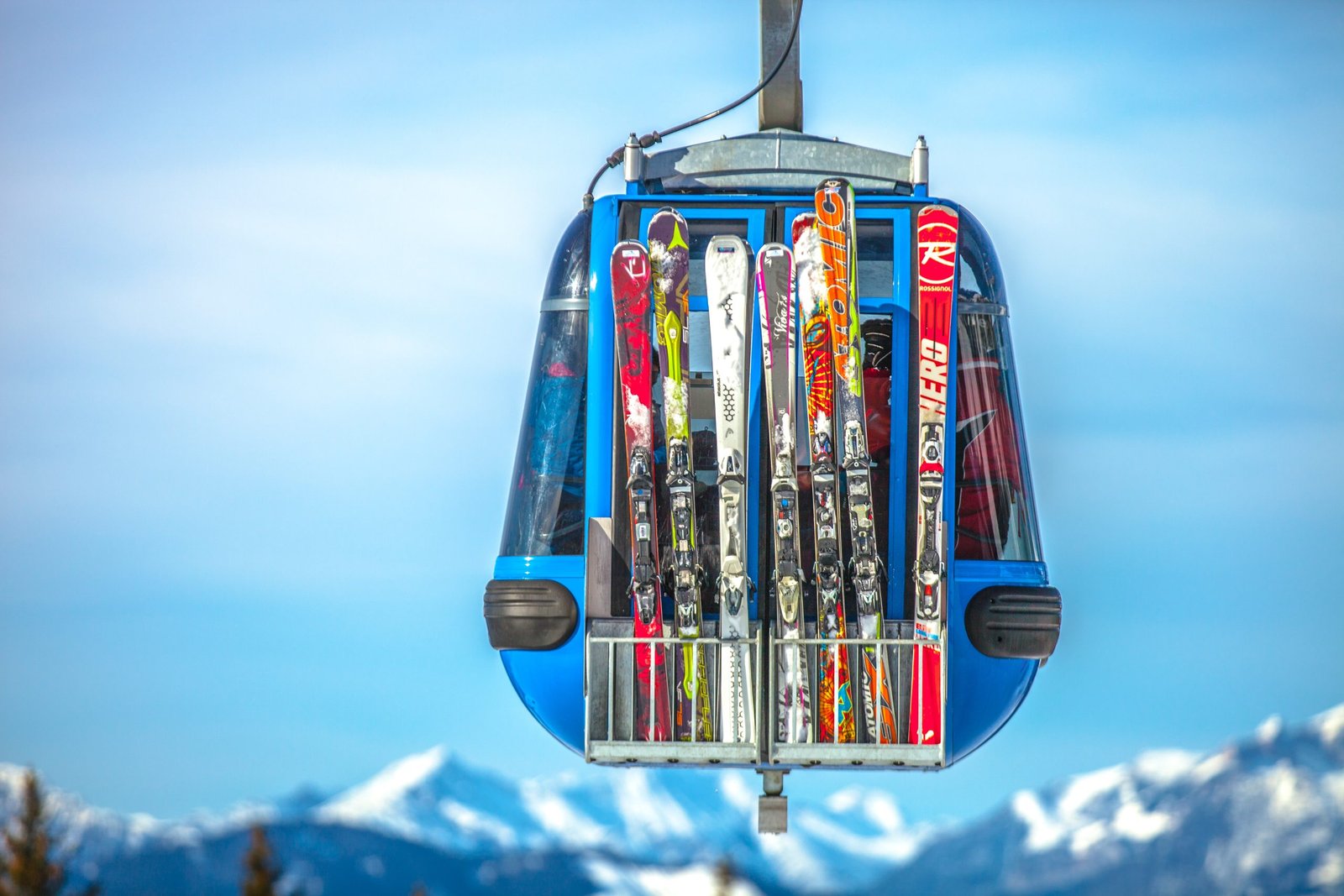
How to Rent Snowboarding Equipment for Your Trip Without Breaking the Bank
Written: editor | April 10, 2023
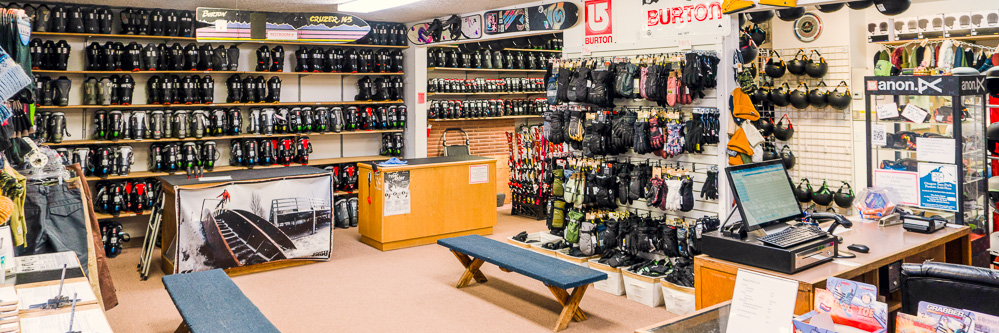
Finding a Rental Shop
Researching local rental shops
When it comes to renting snowboarding equipment, the first step is to find a reliable rental shop near your destination. Here are a few tips to help you in your search:
-
Ask for recommendations: Reach out to friends, family, or fellow snowboarding enthusiasts who have visited the area before. They may have recommendations for trusted rental shops that offer quality equipment.
-
Use online resources: Utilize search engines and online platforms to find rental shops in the vicinity. Websites such as Yelp or TripAdvisor can provide valuable information and user reviews to give you an idea of the shop's reputation.
-
Contact local resorts or ski clubs: Resorts and ski clubs often have rental services or can provide referrals to nearby rental shops. They may also have partnerships with certain shops that offer discounts for visitors.
Reading reviews and recommendations
Once you have identified a few potential rental shops, take the time to read reviews and recommendations from past customers. This will give you insight into the quality of equipment, customer service, and overall experience you can expect. Look for shops with positive feedback, as well as those that align with your specific needs or preferences.
Additionally, consider checking online forums or social media groups dedicated to snowboarding. Fellow enthusiasts can provide firsthand recommendations and advice based on their own experiences.
By thoroughly researching local rental shops and reading reviews, you can find a trusted rental shop that will provide you with the best snowboarding equipment for your adventure.

Choosing the Right Equipment
When planning your snowboarding adventure, it's essential to have the right equipment to ensure a safe and enjoyable experience on the slopes. Here are some key points to consider when renting snowboarding equipment.
Understanding different types of snowboarding equipment
Before renting your gear, it's important to familiarize yourself with the different types of snowboarding equipment available. The main components include:
-
Snowboard: This is the primary piece of equipment that you will ride on. It comes in various shapes and sizes, each designed for different terrains and riding styles.
-
Bindings: Bindings are the attachments that secure your boots to the snowboard. They come in different styles, such as strap-in or step-on, so choose the one that feels most comfortable for you.
-
Boots: Good quality snowboarding boots are crucial for comfort and control. They should fit snugly and provide adequate support for your ankles.
Determining appropriate gear for your skill level
When renting snowboarding equipment, it's important to consider your skill level to ensure you have the right gear.
-
Beginners: If you are new to snowboarding, opt for softer, more forgiving boards that are easier to maneuver. Choose boots that offer good ankle support and bindings that are easy to adjust.
-
Intermediate/Advanced: As you progress, you may want to try different types of boards suited for specific riding styles, such as freestyle or freeride. Consider getting stiffer boots for more responsiveness and bindings that offer better performance.
Remember to communicate your skill level to the rental shop staff so they can assist you in selecting the appropriate gear.
By understanding the different types of snowboarding equipment and selecting the right gear for your skill level, you'll be well-prepared for an exhilarating day on the slopes. Enjoy your snowboarding adventure!

Sizing and Fitting
Importance of getting the right size
When it comes to snowboarding, having the right equipment size is crucial for your comfort and performance on the slopes. Ill-fitting gear can lead to discomfort, reduced control, and even potential injuries. Therefore, taking the time to find the right size is essential.
To determine the appropriate size for snowboarding equipment, there are a few factors to consider. These include your height, weight, skill level, and personal preference. It's worth noting that different brands may have slight variations in sizing, so it's essential to consult the sizing charts specific to the brand you're interested in.
Tips for proper fitting and adjustments
-
Boots: When trying on snowboarding boots, your toes should lightly touch the front of the boot, while still allowing room for slight movement. Tighten the boots' laces or straps to ensure a snug fit that provides ankle support and avoids any pressure points.
-
Snowboard: The length of your snowboard generally depends on your weight and riding style. As a general rule of thumb, beginners should opt for a shorter board, while more experienced riders may prefer longer ones. Additionally, the width of the board should match your boot size to ensure proper control and stability.
-
Bindings: Adjust the bindings to fit your boots securely, ensuring a comfortable yet firm connection. Check that the angles and stance width align with your riding style and preference. It's advisable to consult a professional or experienced snowboarder if you're unsure about the proper adjustment and fitting.
By taking the time to properly size and fit your snowboarding equipment, you can maximize your enjoyment on the slopes and enhance your performance. Don't overlook this crucial step before hitting the snow!
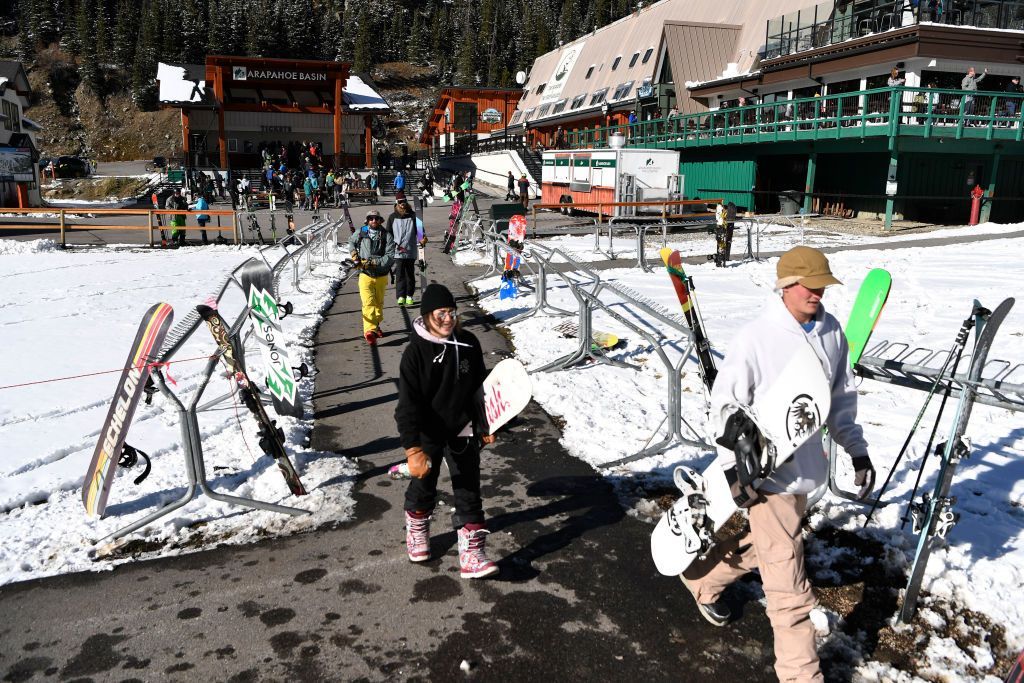
Rental Costs and Packages
Comparing prices and rental packages
Renting snowboarding equipment can be a great way to hit the slopes without the hassle of purchasing and maintaining your own gear. When looking for the best rental options, it's important to compare prices and rental packages to get the best value for your money. Start by researching multiple rental shops in the area and compare their prices for the equipment you need. Some shops may offer discounts for renting multiple days or for groups, so be sure to inquire about any special deals or packages they may have. Additionally, consider the quality of the equipment being offered. While affordability is important, you want to ensure that the gear is in good condition and will provide a safe and enjoyable experience on the slopes. Read reviews or ask for recommendations to find reputable rental shops with high-quality equipment.
Hidden fees to be aware of
When renting snowboarding equipment, it's crucial to be aware of any hidden fees that may be associated with the rental. Some common hidden fees to watch out for include damage waivers, late return fees, and equipment loss charges. Damage waivers are optional but can provide peace of mind in case of any accidental damage to the rented gear. Late return fees are charged if you exceed the agreed-upon rental period, so make sure to return the equipment on time to avoid any extra charges. In the unfortunate event of losing the equipment, there may be charges to cover the cost of replacement. Before finalizing your rental, carefully read the rental agreement to understand all the terms and fees associated with the rental.
By comparing prices, rental packages, and being aware of any hidden fees, you can have a seamless and cost-effective snowboarding equipment rental experience. So gear up and hit the slopes with confidence!
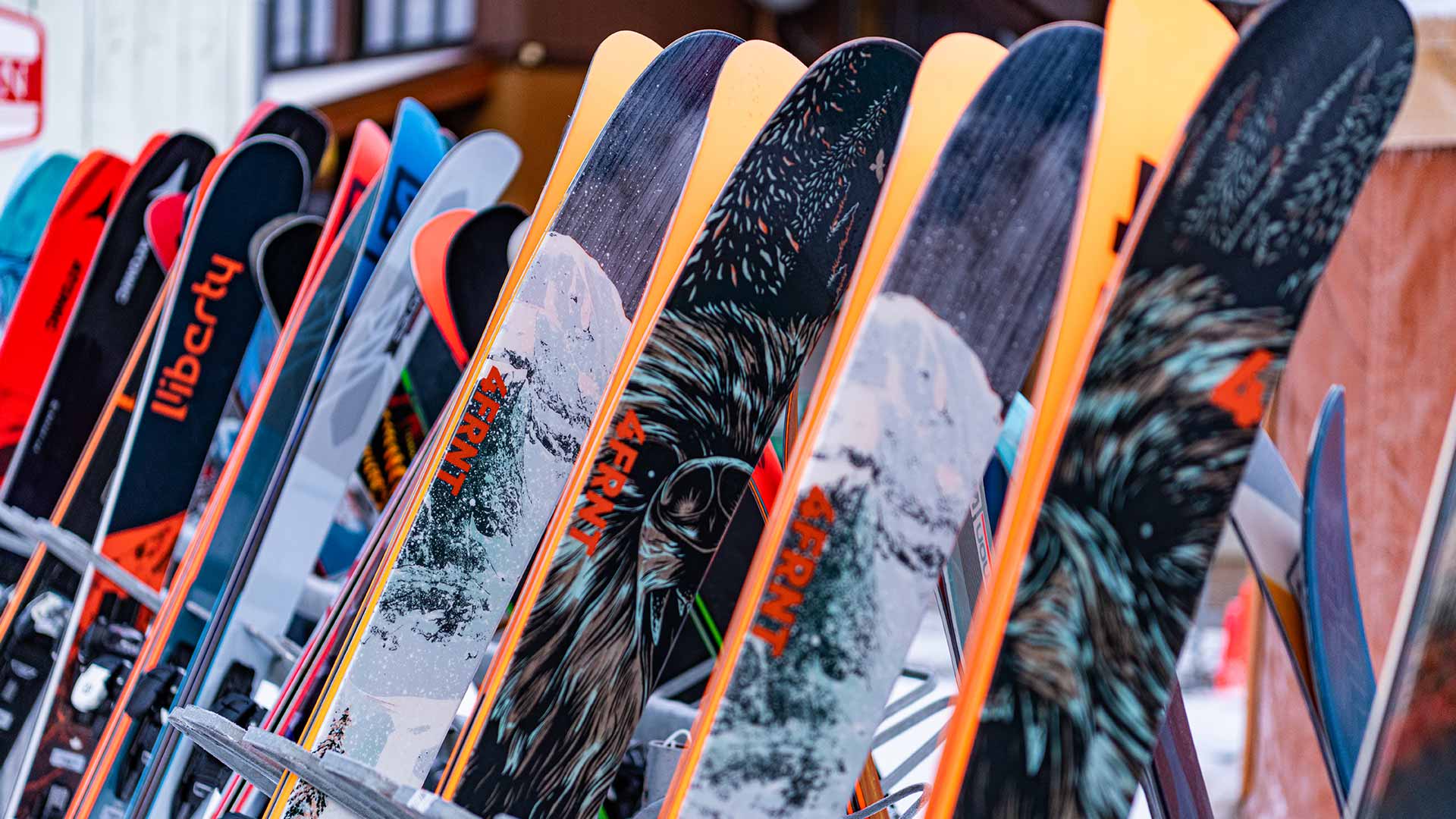
Duration of Rental
Deciding on the rental duration
When planning your snowboarding adventure, one important decision to make is how long you will need to rent your equipment. Consider the length of your trip, your skill level, and how often you plan to hit the slopes.
Options for daily, weekly, and seasonal rentals
-
Daily Rentals: If you are only going snowboarding for a day or two, or if you're a beginner who wants to try it out before committing, daily rentals are a convenient option. With daily rentals, you can pick up your equipment for the day and return it when you are finished.
-
Weekly Rentals: For those planning a week-long snowboarding getaway, renting equipment for the entire duration is a popular choice. Weekly rentals typically offer a better value compared to daily rentals, and you can have the peace of mind knowing you have all the gear you need for the entire trip.
-
Seasonal Rentals: If you are an avid snowboarder and plan to hit the slopes regularly throughout the winter season, a seasonal rental is the way to go. Seasonal rentals provide you with the convenience of having your equipment readily available whenever you want to go snowboarding. It's a cost-effective option for frequent snowboarders, as you won't need to rent equipment every time you go.
Whether you choose daily, weekly, or seasonal rentals, make sure to check with rental shops for availability, rates, and any special offers or packages they may have. Don't forget to also consider factors such as insurance, pick-up and drop-off locations, and any additional equipment you may need (such as boots and helmets).
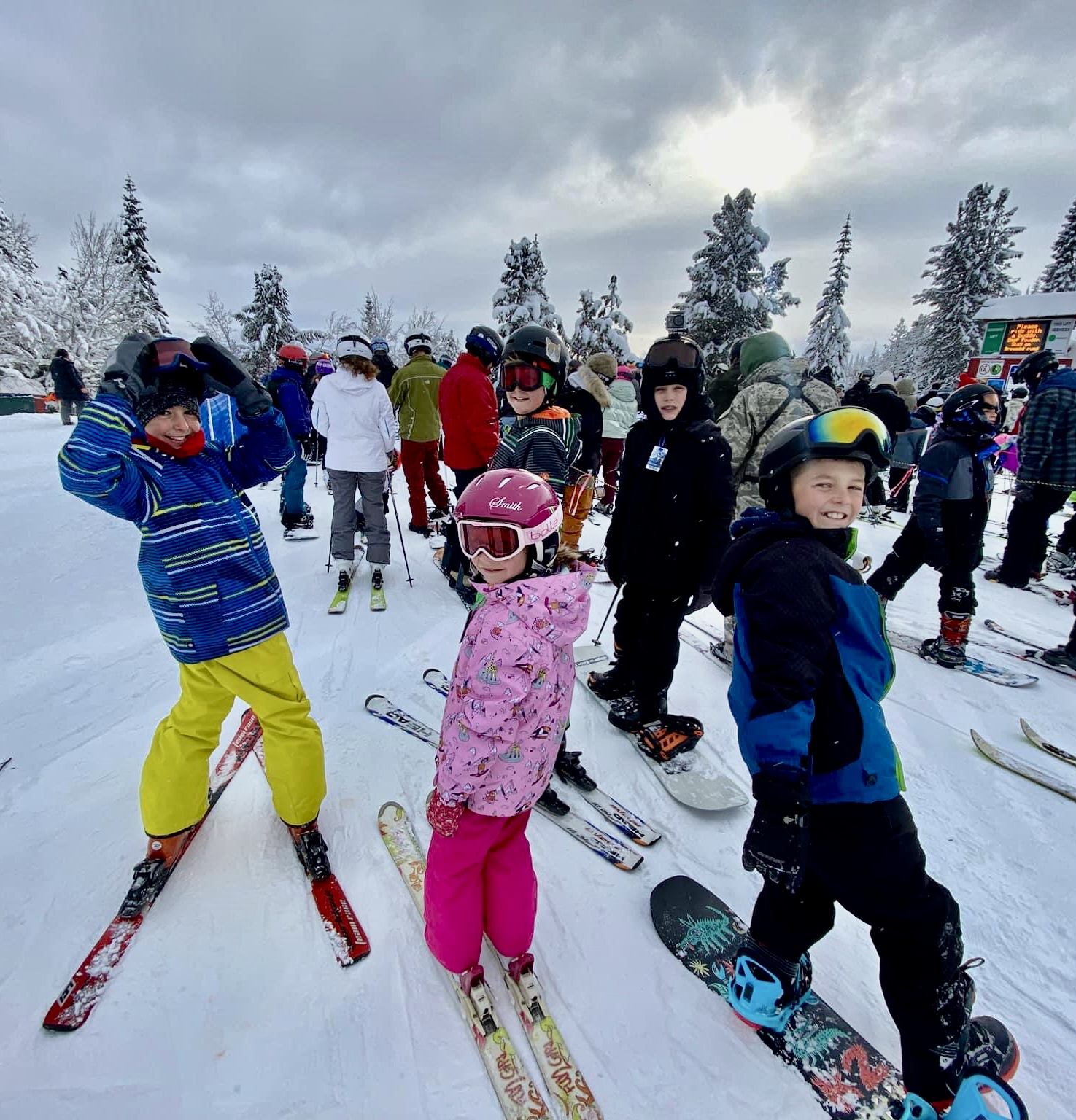
Booking and Reservations
Reserving equipment in advance
When it comes to renting snowboarding equipment, it's always best to make your reservations in advance. This ensures that you have the gear you need and saves you time and stress on the day of your adventure. Here are a few tips to help you reserve your equipment ahead of time:
-
Research rental shops: Start by researching local rental shops in the area where you plan to go snowboarding. Look for shops that have a good reputation and offer a wide range of equipment options.
-
Contact the rental shop: Once you have identified a few rental shops, give them a call or send them an email to inquire about their availability and make a reservation. Provide them with your preferred dates, the number of people in your group, and any specific equipment requirements you may have.
Online booking options
Another convenient option for renting snowboarding equipment is to use online booking platforms. Here's what you need to know about this option:
-
Browse online platforms: There are several online platforms that specialize in renting snowboarding equipment. Take some time to browse through these platforms and compare prices, equipment options, and customer reviews.
-
Make your reservation: Once you have found a platform that suits your needs, follow the instructions to make your reservation. Provide the necessary information, such as your desired rental dates and equipment preferences.
-
Pick up your equipment: On the day of your snowboarding adventure, head to the designated rental shop to pick up your equipment. It's a good idea to arrive a bit early to allow time for fitting and adjustments if needed.
Remember, when renting snowboarding equipment, it's important to book in advance to ensure availability and make your experience as smooth as possible.
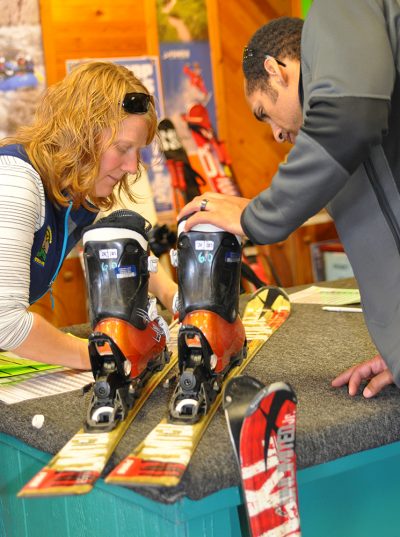
Safety and Maintenance
Renting snowboarding equipment is a convenient option for those who want to hit the slopes without the hassle and expense of owning their gear. However, it's important to prioritize safety and take proper care of the rented equipment to ensure a great snowboarding experience. Here are some key tips to keep in mind:
Inspecting rental equipment for damages
When you pick up your rented snowboarding gear, take a few moments to thoroughly inspect each item for any damages or defects. Check the bindings, boots, and board for any signs of wear and tear, such as loose screws, broken straps, or delaminations. Make sure everything is in proper working condition, as using faulty equipment can lead to accidents and injuries. If you notice any issues, inform the rental shop staff immediately and ask for a replacement.
Taking care of rented gear while on the slopes
While on the slopes, it's essential to take proper care of the rented gear to avoid any damages or additional charges. Avoid dragging your board on rocks or hard surfaces, as it can cause scratches or dings. When not in use, secure the snowboard properly, either by attaching it to a rack or using a secure snowboard leash. Be cautious of extreme temperatures, as prolonged exposure to heat or cold can affect the integrity of the equipment. Finally, at the end of the day, wipe down and dry your gear to prevent corrosion and ensure it's in good condition for your next snowboarding adventure.
By following these safety and maintenance tips, you can enjoy a worry-free snowboarding experience while rented equipment, allowing you to focus on carving up the slopes and having fun!
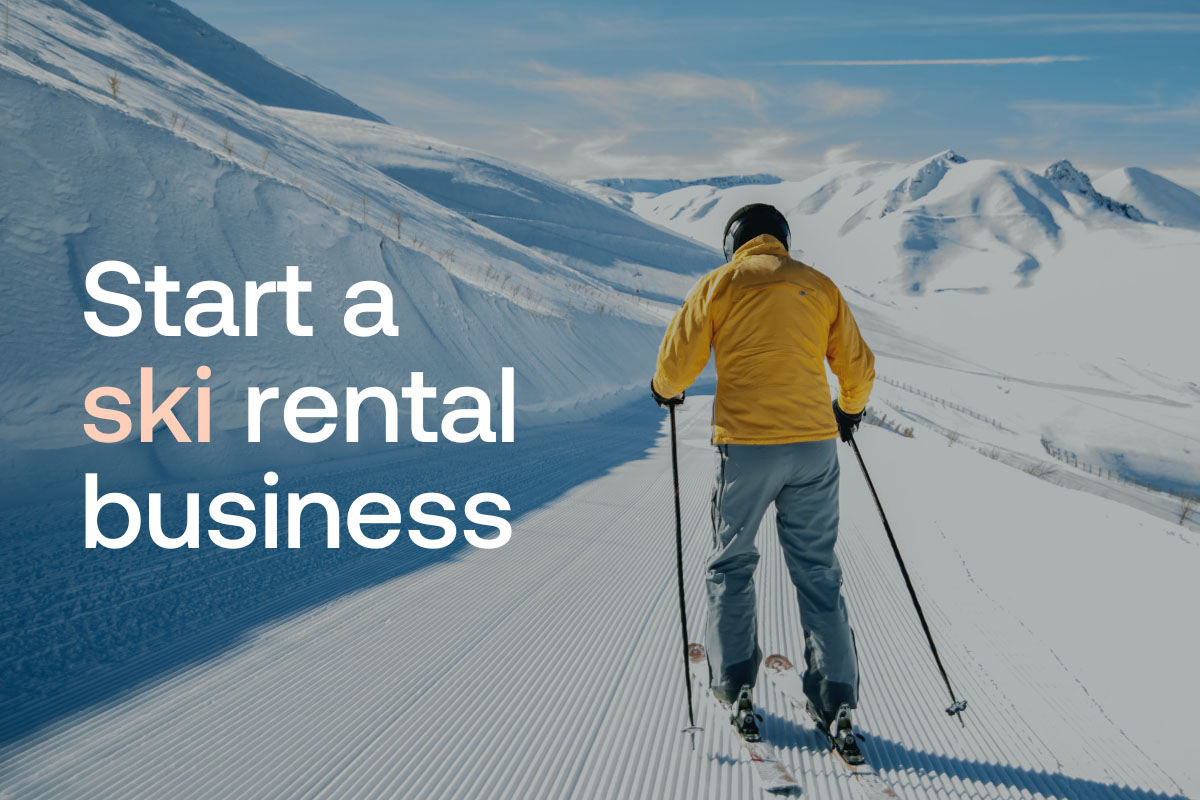
Returning Rental Equipment
Understanding return policies and deadlines
When returning your rented snowboarding equipment, it's important to familiarize yourself with the rental shop's return policies and deadlines. Most rental shops will clearly outline their return policy, including the expected time for equipment return and any associated fees for late returns.
Be sure to check the rental agreement or ask the staff about the specific return deadline. It's essential to return the equipment on time to avoid any extra charges or penalties. Keep in mind that popular rental shops may have stricter return policies during peak seasons, so plan your return accordingly.
Checking for any additional charges
Before returning your rented snowboarding equipment, take a moment to inspect it for any damages or excessive wear and tear. Some rental shops may charge additional fees for damages beyond normal use, such as broken equipment, significant scratches, or missing pieces.
Take the time to carefully examine the equipment, including the snowboard, bindings, and boots, for any signs of damage. If you notice any issues, inform the rental shop staff immediately to avoid being held responsible for any damages you didn't cause. It's always better to address any concerns before returning the equipment to ensure a smooth and hassle-free process.
By understanding and following the return policies and checking for damages, you can ensure a stress-free experience when returning your rented snowboarding equipment. Enjoy your time on the slopes and have a safe journey back!

Conclusion
If you're planning a snowboarding trip, renting equipment can be a convenient and cost-effective option. Not only does it save you the hassle of bringing your own gear, but it also allows you to try out different equipment styles and brands. By following a few simple tips, you can ensure a successful rental experience and make the most of your time on the slopes.
Benefits of renting snowboarding equipment summarized
-
Convenience: Renting equipment eliminates the need to transport bulky gear to and from your destination.
-
Cost-effective: Renting is often more affordable, especially if you only snowboard occasionally or are trying the sport for the first time.
-
Wide variety: Rental shops offer a range of equipment options, allowing you to find the perfect fit and style for your preferences and skill level.
-
Try before you buy: Renting gives you the opportunity to test different brands and styles of equipment before making a purchase.
Final tips for a successful rental experience
-
Research: Look for reputable rental shops with good reviews and a wide selection of equipment.
-
Book in advance: Reserve your gear ahead of time to ensure availability, especially during peak seasons.
-
Proper fitting: Take the time to get properly fitted for boots and bindings to enhance comfort and performance.
-
Inspect the equipment: Before hitting the slopes, check for any damages or defects and notify the rental shop staff if you find any.
-
Take care of the gear: Treat the rented equipment as if it were your own and return it in good condition to avoid additional fees.
Renting snowboarding equipment provides flexibility and the opportunity to enjoy your trip without the burden of bringing your own gear. With proper preparation and care, you can have an enjoyable and memorable snowboarding experience.



